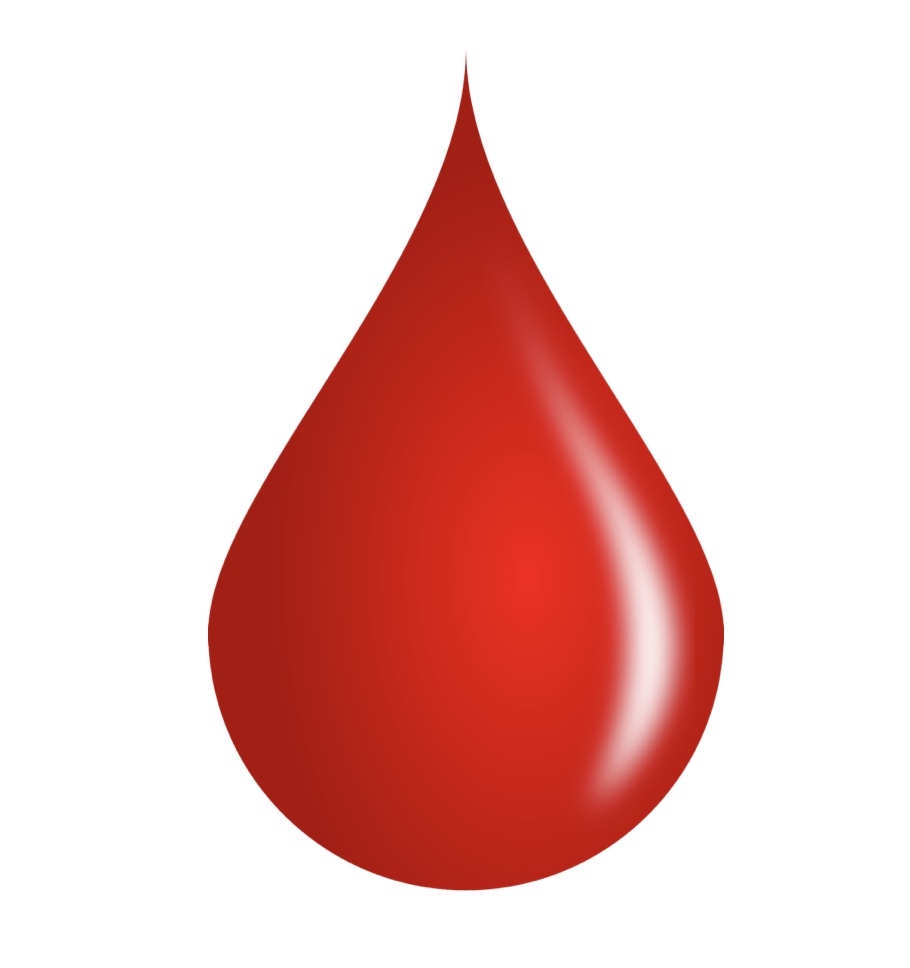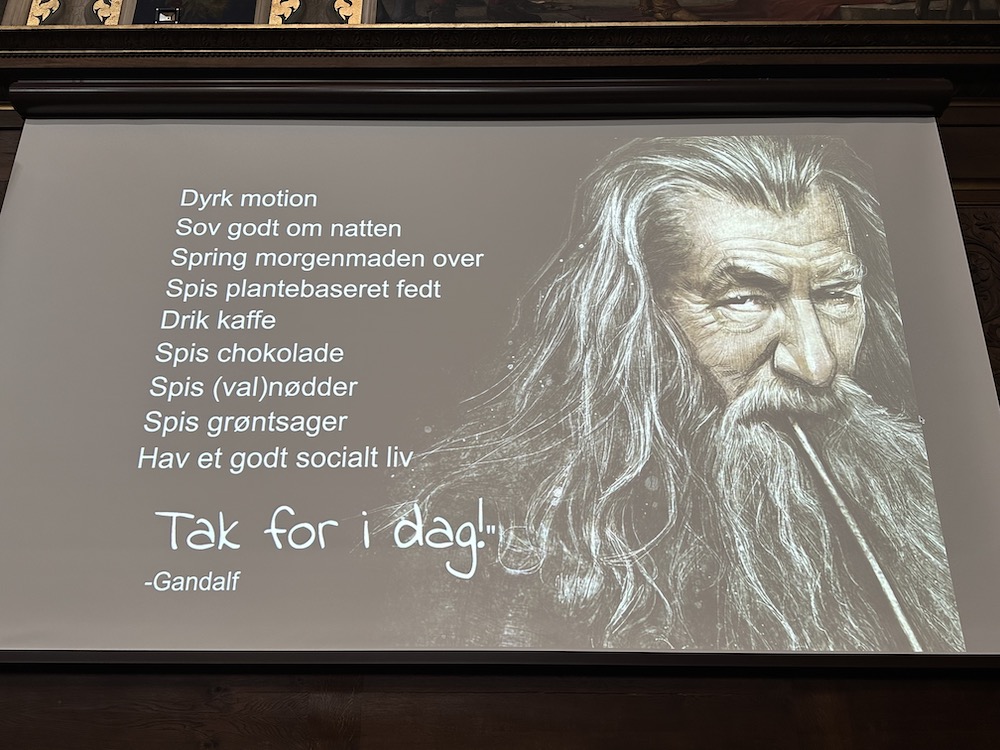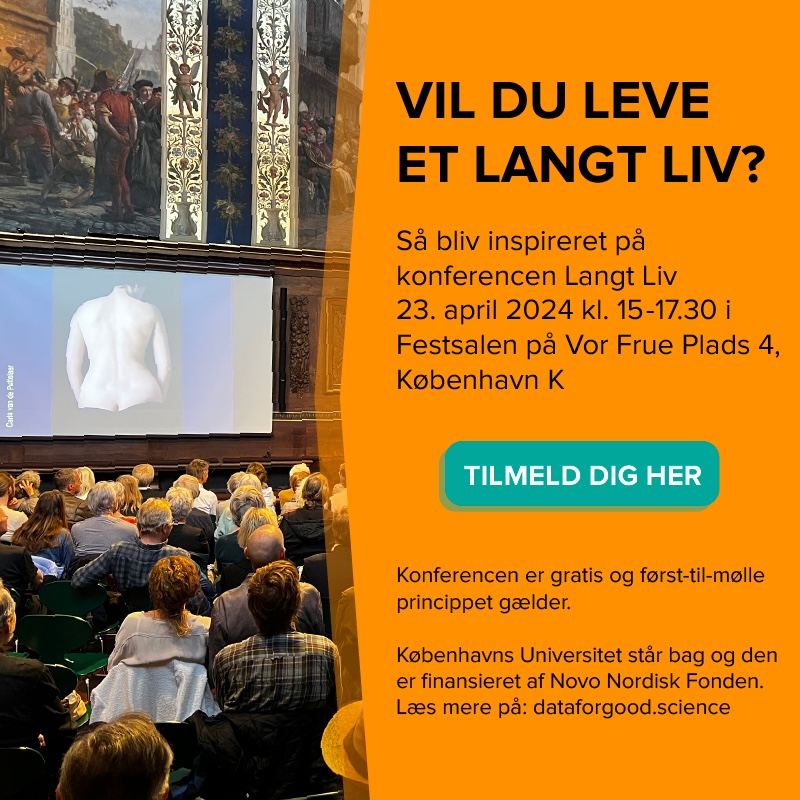
It’s All In One Drop of Blood
Post Doc Toinét Cronjé is into proteins. She delves into old and new protein profiles of people that develop diseases like diabetes and dementia to find the signs that can show, who is more likely than others to develop one of these illnesses. Here she tells about her work and hopes for the future.
I am a South African postdoctoral researcher working in the Diseases track of the CHALLENGE platform. Currently, I spend the majority of my time working on two proteomics projects. Both projects make use of proteins that we can measure in blood. One focusses on Type-II diabetes and the other on dementia. What makes my research very exciting is that I – together with my colleagues – am not only looking for proteins that differ between people with and without a specific disease. Instead, we are looking at blood samples that have been stored for many years to see if there are differences between the protein profiles of people at the time when they were all still clinically healthy, that can tell us who will develop the disease later in life and who will not.
Dementia is sometimes referred to as ‘Diabetes of the brian’ or ‘Type 3 diabetes.’
The good thing is that we have laboratory methods that can measure up to 7,000 proteins at the same time using only one drop of human blood! Using these methods, we can explore diseases in more detail than ever before and expand our search from only looking at single proteins (e.g. insulin in the case of diabetes) to looking at the other 6,999 proteins that are in the blood that possibly also provide an indication of a person’s health and risk of disease.
The proteome refers to the total amount of proteins that are available in a specific cell or tissue or organism. Humans are estimated to have 19,773 proteins that are functional, of which at least 17,874 have been described. Apart from the sheer size of the proteome, protein levels are always changing because of factors like the time of day, exposures, illness, medication, diet, exercise etc. Protein activity also differ from one ‘tissue’to the next. One example of a protein is insulin.
Signs in the Blood
The problem with a disease like dementia is that by the time the disease is diagnosed, the brain has already accumulated damage along the way that cannot be reversed anymore. We need to be able to identify people that have signs in their blood (e.g. proteins that are ‘abnormal’) before damage starts accumulating in their brain, so that we can start intervention as early as possible. We also hope that once we find these proteins we might understand the progression of disease better, and that we can find more effective intervention strategies this way.

A lot of people might think diseases like dementia are purely up to genetics and that they know if they will develop it or not based on their family history – but this is not the case. There are many factors that influence your risk of developing dementia and unfortunately, as things are at the moment, we will only know you are at high risk once you start presenting cognitive symptoms. At this point we are too late to protect your brain from damage.
This year I will be starting a new study that will be funded by the Alzheimer’s Association (Grant number AARF-21-851606). I will use the blood samples of 2,275 adults older than 50 years that were screened for signs of dementia and found to be cognitively healthy between 2010 and 2013. From data collected since then, I know already that 543 of them developed clinically defined mild cognitive impairment within the five years after screening and 266 of them developed clinical dementia. I will be investigating whether there were any proteins present in their blood at the time they were still healthy that can accurately predict which of them will fall in to which category (cognitively normal, mild cognitive impairment or dementia) after five years. I also have brain scans of these participants at the time point at which they donated blood, and then about 4 years later. I will look at whether any proteins predict who of them will undergo changes in their brain structure that we know associate with dementia, and who will remain stable.
Finally, because these participants were part of a clinical trial at the time that investigated blood pressure – I will be investigating whether there are any interactions between the proteins that may predict dementia and the kind of blood pressure medication participants were taking. This information could help us to optimize treatment of hypertension in older individuals specifically to reduce the risk of cognitive impairment. This will be particularly useful since we know that many people with dementia also struggle with hypertension.
My ongoing study on diabetes is very similar in that the goal is to find proteins that can inform us years before a clinical diagnosis, that specific individuals will develop diabetes. In this case, instead of investigating brain scans, I am looking at changes in fasting glucose levels over an 11-year time period. Blood samples were collected in 1992/1993 in participants over the age of 65. I am investigating 3,185 participants of whom I know 418 ended up with clinically diagnosed diabetes within the 10 years after they were initially screened.
The Data Ethics
As with all serious science my research has been approved by ethical review boards both at the University of Copenhagen, and by institutional review boards associated with each of the primary studies under which I am working.
I only work with data that have been anonymised (i.e. I only get a participant number and not a name or any other information that allows me to identify any individual who’s data I have). These data were provided to me from data distribution centers that make sure I have obtained the necessary ethical approval and that I have the skills to use and interpret these data appropriately. Because the data I use come from old clinical trials or observational studies, I also need to specify which of the data I need (and why) so that I do not get access to more data than what I need to answer my specific research question.
The fact that I am working with historical data also explains why I will not be in contact with any participants. The only way I could identify a biomarker that could predict dementia or diabetes, is by being sure which participants developed these diseases. These participants have, therefore, already been clinically diagnosed and there is no reason for me to be in contact with them to tell them that my biomarker would have been able to tell them they were at risk for a specific disease earlier in life. Informing them of my biomarker does not help them or change the course of their disease in any way.
Motivation
I relocated from South Africa to Denmark in 2020 to pursue a research career here. The problem with doing biomarker research in low- and middle-income countries (LMICs) like South Africa is that you are often not able to conduct research at the same scale as researchers in high-income countries due to the lack of infrastructure, funding and training. These are not limitations of the researchers themselves, but purely structural limitations related to the environment in which they do research.
The data I am working with now often requires getting participants in to state-of-the-art clinical setting where brain scans can be taken and blood can be drawn, processed and frozen on-site. Participants also undergo hours of cognitive testing in their home language under the guidance of trained professionals. Settings like these are nearly impossible to recreate in areas that are representative of the people living in LMICs (i.e. not only the people living in capital cities of these countries where hospitals and are located).
By making the most of the data we have available at the moment (from high-income countries) and of opportunities provided to researchers like myself to work at leading universities like the University of Copenhagen, I hope that we will get closer to finding the tools to ease the burden on the research communities in LMICs. Using my project as an example: The more we investigate biomarkers that can be measured in a drop of blood, the more we will be able to start doing large-scale research in all areas of LMICs without needing ‘high-tech’ facilities. Not only will this be very important for these countries but I believe it will be very important for the research community too. If we can truly start to investigate data from LMICs can you imagine the richness of the information we will unearth? I think many of the questions that we are struggling with will be easier to address if we have more diversity in our research data sets (e.g. genetics, cultural, dietary, and environmental). Rich (diverse) data sets allow researchers to see more angles to approach their questions from that they might not have been able to see before.
It is my hope that I will help to develop a blood-based screening tool for a disease like Alzheimer’s disease. Only then, when disease screening is accessible to all (e.g. through a blood test instead of a brain scan) will we actually know what proportion of populations around the world actually suffer from diseases like these. Using that as a starting block we can finally proceed to addressing stigma and improving care.
If you are interested in the work that I am doing, please feel free to reach out (toinet.cronje@sund.ku.dk) or follow me on any of these platforms!
Twitter: @toinetcronje
Linked-in: Toinét Cronjé

